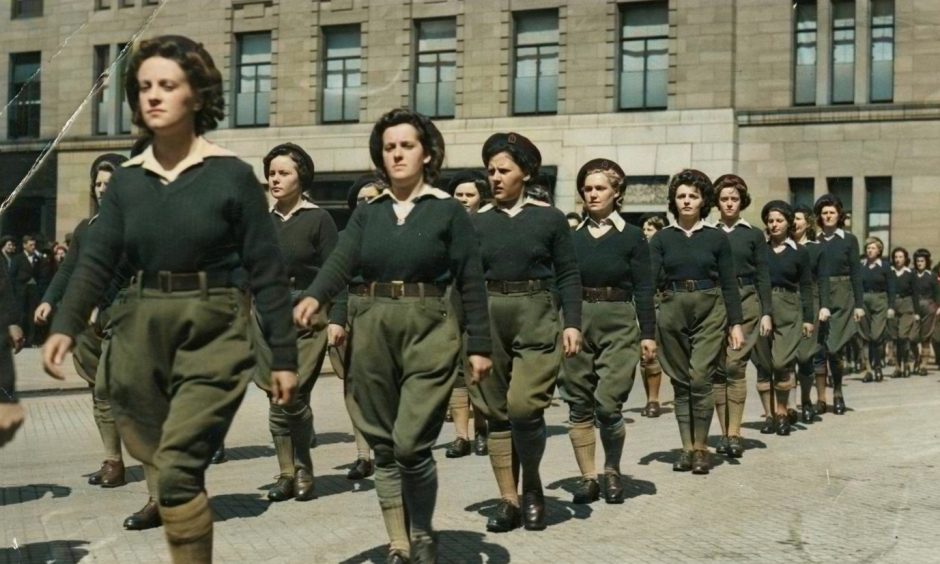
These rare images show life in Dundee during the Second World War like you’ve never seen it before.
The photographs from DC Thomson’s archives have been brought to life in colour for the first time to mark 85 years since Britain declared war on Nazi Germany.
They show how people living through the conflict in Dundee would have seen it and capture a period of time generally only seen in black and white.
The images – which have been enhanced and coloured using advanced AI technology – show how the Home Front looked, from the first wave of evacuations to the surrender of a German U-boat.
They shine new light on some of the city’s darkest moments and the unsung heroes who stood ready to defend against the invading Nazis.
They range from the Royal Observer Corps and the Women’s Timber Corps to the Luftwaffe attack that wiped out a tenement block in Rosefield Street.
Nothing would be the same again.
Dundee was prepared for war in 1939
Germany marched on Czechoslovakia and then, on the first day of September 1939, attacked Poland.
Two days later, on September 3, in a voice laden with regret, Prime Minister Neville Chamberlain broadcast news of war to the nation.
It was a beautiful summer’s morning.
Nobody knew what to expect of a dangerously uncertain future.
Popular imagination had created skies darkened by droning bombers, and there was talk of what air raids could do, but the biggest fear was of a gas attack.
Arrangements had been made for 180,000 gas masks to be distributed to the city’s population.
Trenches had already been dug in various city parks to provide shelter for the people.
Plans were discussed for using the Law tunnel as an air raid shelter.
Elsewhere, hospitals were evacuated to prepare for emergencies.
The Caird Hall was among many buildings to be sandbagged by willing volunteers.
The threat was real.
Direction signs were removed from road junctions to keep any spy or parachutist guessing as to his whereabouts.
Shops sold heavy curtaining and specially treated thick brown paper to paste on and protect window glass.
Around old houses, parks and schools, iron railings were removed and carted away to be put into the national melting pot and turned into guns and tanks.
For Britain, the war was to last 2,171 days beyond that morning on September 3.
Evacuation meant cases, labels and gas masks
On September 1 1939 – the day Nazi Germany invaded Poland – The Courier told how three million mothers and children were scheduled that day for “precautionary evacuation” from Britain’s cities to the coast and countryside.
The first day of evacuations apparently went “without a hitch”.
Observers were struck by the “calmness” of the Dundee children who carried their kit and wore their gas masks strung around their necks.
On parade in the City Square
Dundee Sea Cadets took part in a wartime parade in the City Square.
They were passing the saluting base at the Caird Hall, with the sign for the Val d’Or restaurant visible in the background.
The Val d’Or was opened in 1930 by Joseph Campbell.
Bomb crater in September 1940
The first bombs were dropped in Dundee on September 25 1940 and one landed at the junction of Nesbitt Street and Dalkeith Road.
The other landed in a cabbage field beside the Eastern Cemetery.
Newspapers at the time did not give the exact details of the bombings because they did not want to give the locations away to the enemy.
Rosefield Street bombing
Bonfire Night in 1940 was the scene of a series of German attacks which wiped out one tenement block in Rosefield Street.
The bomb only exploded when it reached the bottom floor.
Mary Ann Laing was killed by an iron range falling through from the floor above.
There are photographs still hanging from the wall on the top floor and two men can be seen leaving the close at the bottom of the building.
German airmen captured
It is incredible to see images like this from March 1941.
German airmen, who were captured after their Heinkel had been shot down, photographed under escort as prisoners at Dundee’s Bell Street.
This photographic print was a copy of the original, which was damaged, with the tear running down from the face and the uniform visible.
ROC Command Post
The members of the Royal Observer Corps were the eyes and ears of the RAF.
In Dundee the ROC control centre was linked with outposts on the braes of Angus, on the coast, and the fringes of Kincardineshire and Perthshire.
They monitored the skies for enemy planes during the Second World War and the information was passed by direct phone to Fighter Command.
The civilians who guard the skies
Passing flyers were not their only concern.
Reports of fires, black-out dangers caused by stray lights and suspicious incidents would also come from observers at the control centre.
The work was shared by mixed crews, although women were in the majority.
Would you have joined the ROC in 1943?
These photographs were taken as part of a recruitment exercise in 1943.
It was described as a frontline job with a back room setting which could have its thrill in the plotting of enemy attackers and intercepting fighters.
Dundee applicants were urged to apply for “seats round this fascinating table”.
Dundee Football Club
Dundee FC meeting the Lord and Lady Provost was the caption on this photograph from 1944, although there were no further details.
It might well have been from the game against the British Army.
The army outfit won 7-0 and included a stream of international players and household names at the time such as Matt Busby, Joe Mercer and Frank Swift.
Caledon Shipyard on a war footing
Little is known about the woman in this image.
As more men were called up for military service, women were encouraged to take their places in the Caledon Shipyard alongside retired workers.
Caledon-built merchant ships were in the thick of the action throughout the war.
Second World War colour pictures show U-Boat surrender at Dundee
German U-boat U-2326 arrived off the entrance to the Tay flying the black flag of surrender in May 1945.
The U-boat was put under tow after the capture.
Karl Jobst and Karl Bertsch were taken aboard the HMS Unicorn for interrogation.
Unicorn was the headquarters ship for the Senior Naval Officer in Dundee.
The two German officers surrendered their naval daggers.
It happened a week after the guns fell silent.
ALL IMAGES IN THIS ARTICLE ARE COPYRIGHT OF DC THOMSON AND HAVE BEEN COLOURED USING ADVANCED AI. COLOUR REPRODUCTION MAY NOT BE 100% AUTHENTIC. UNAUTHORISED REPRODUCTION IS NOT PERMITTED.
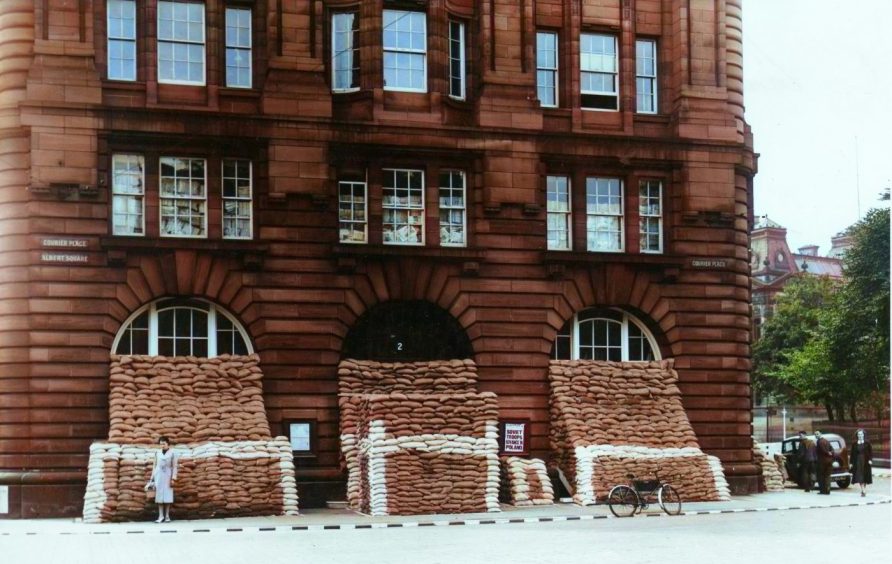
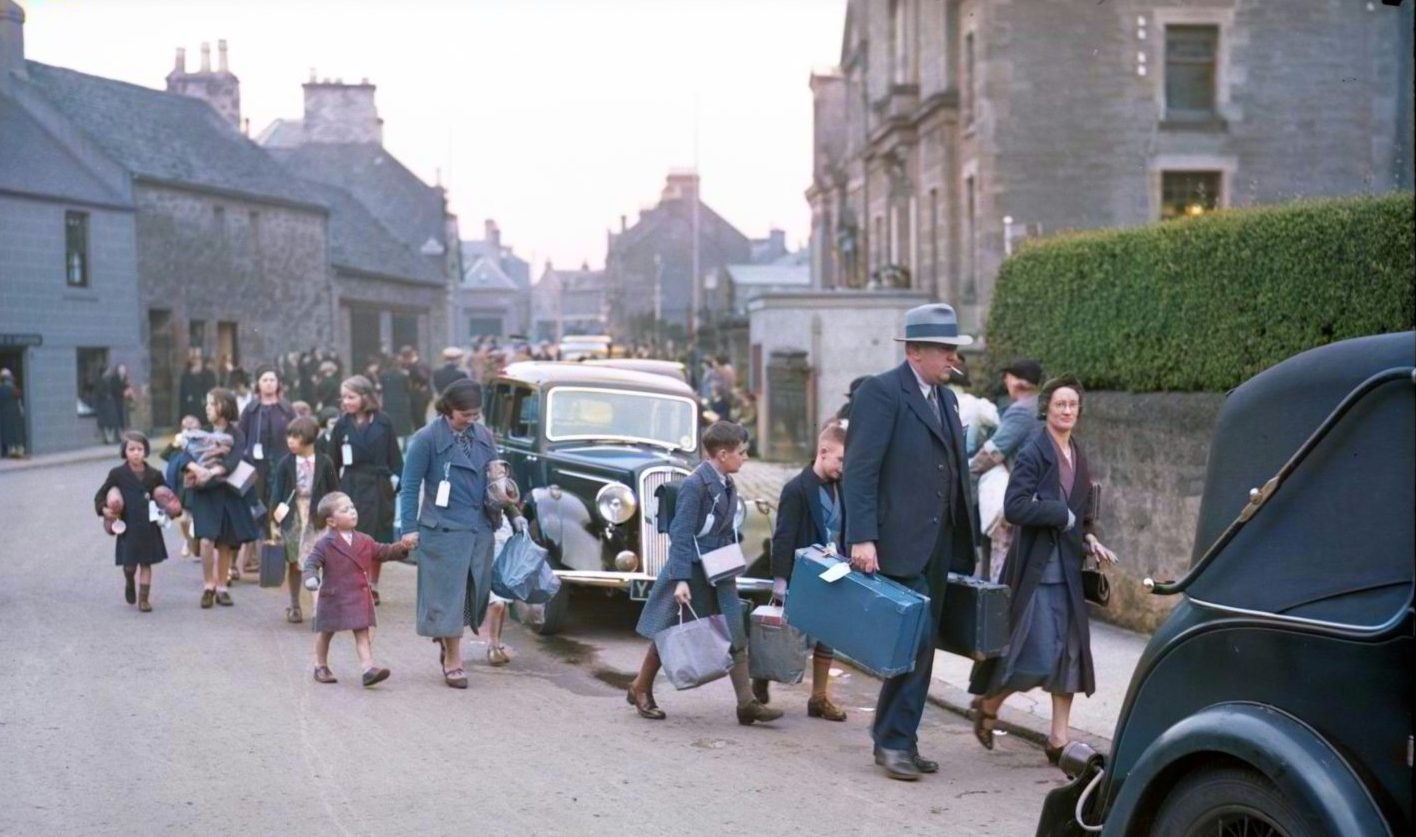
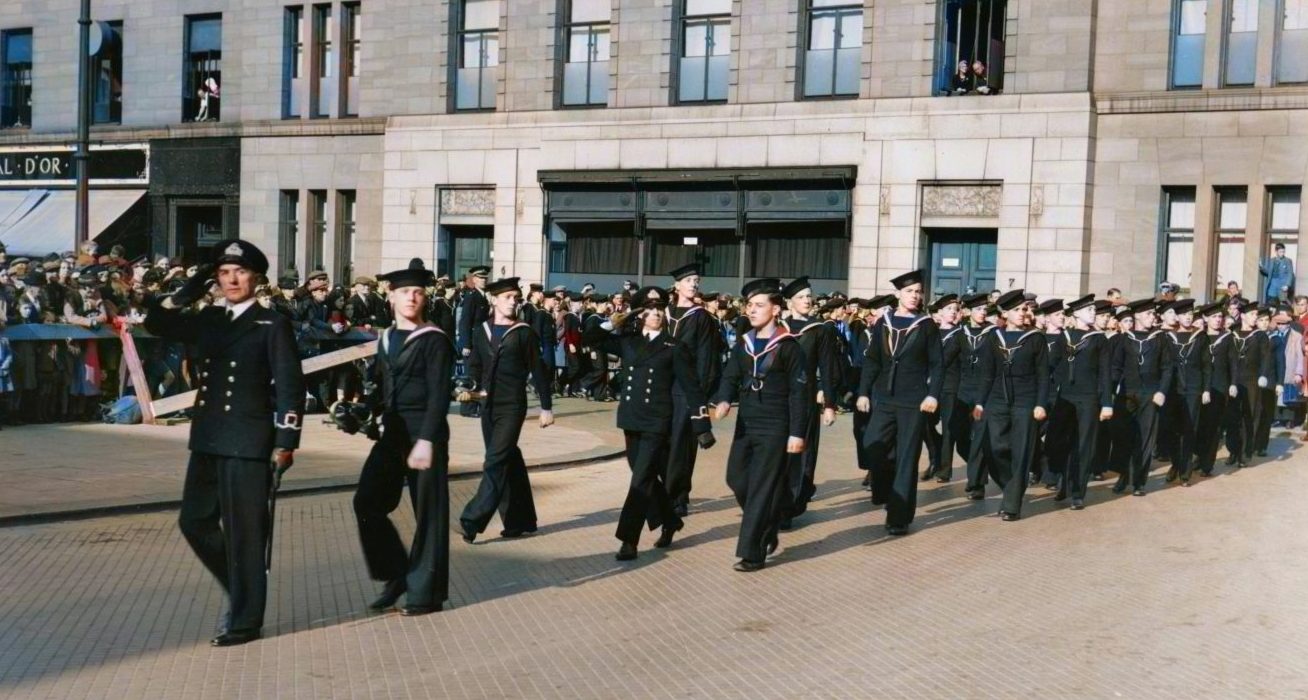
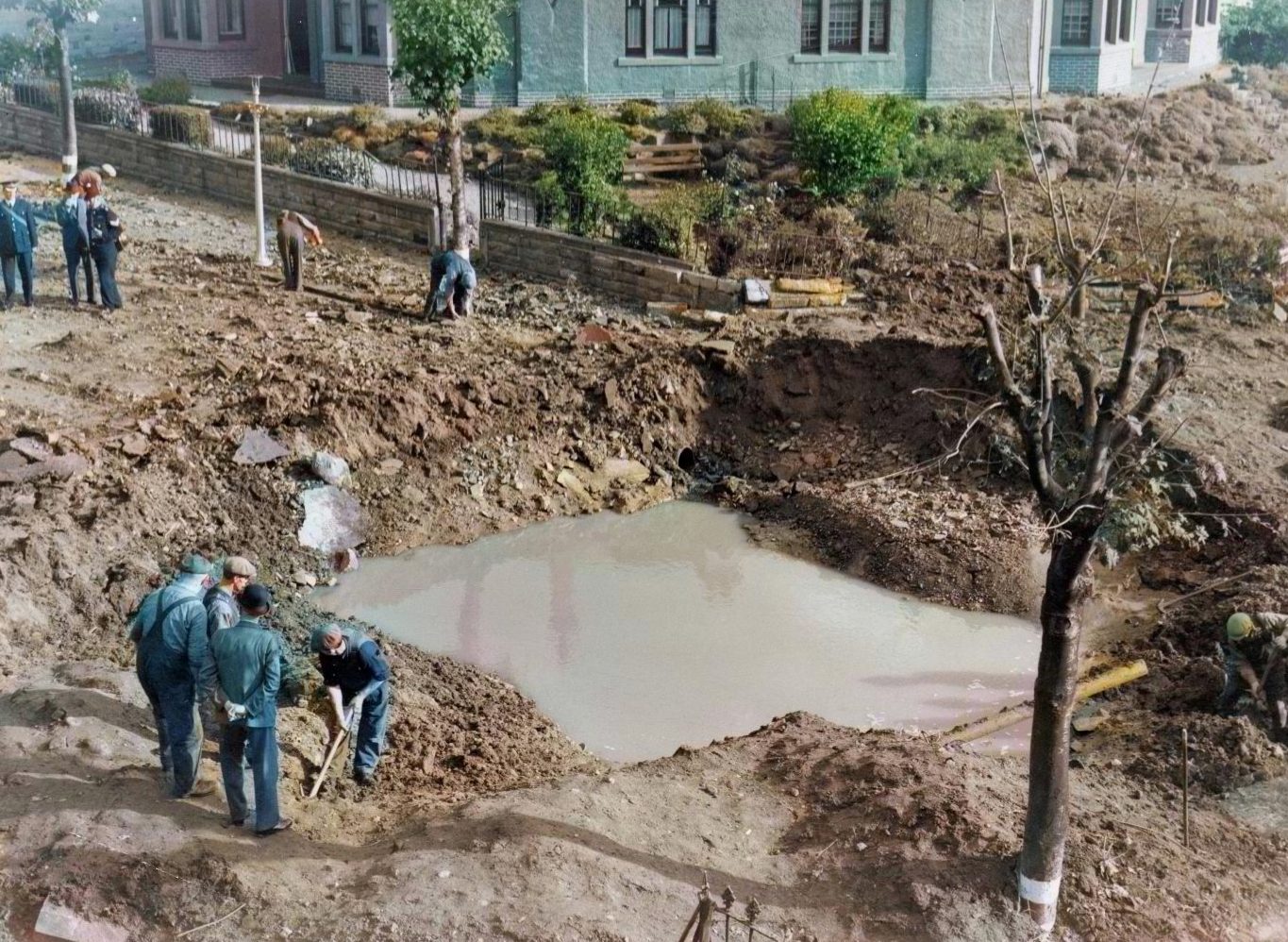
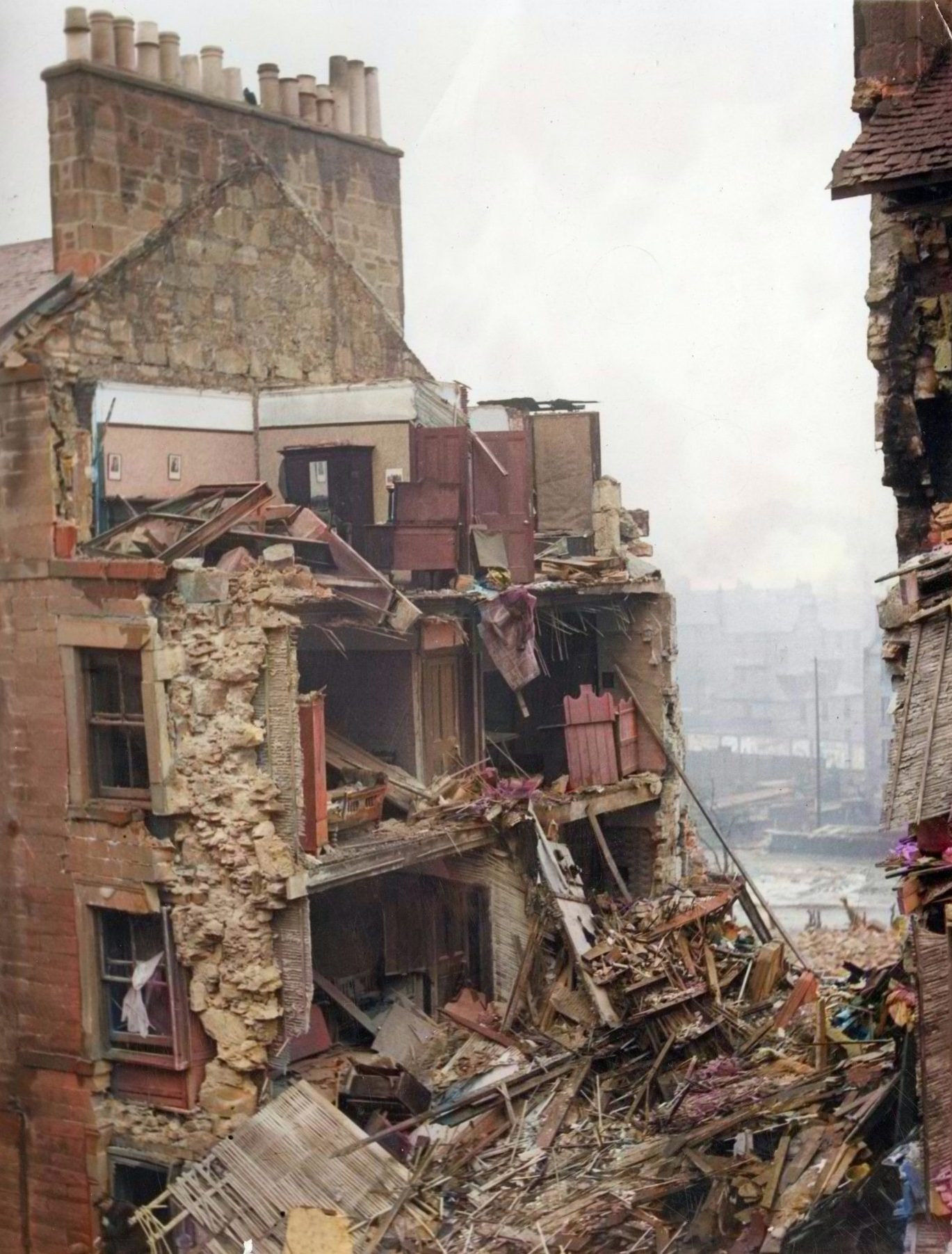
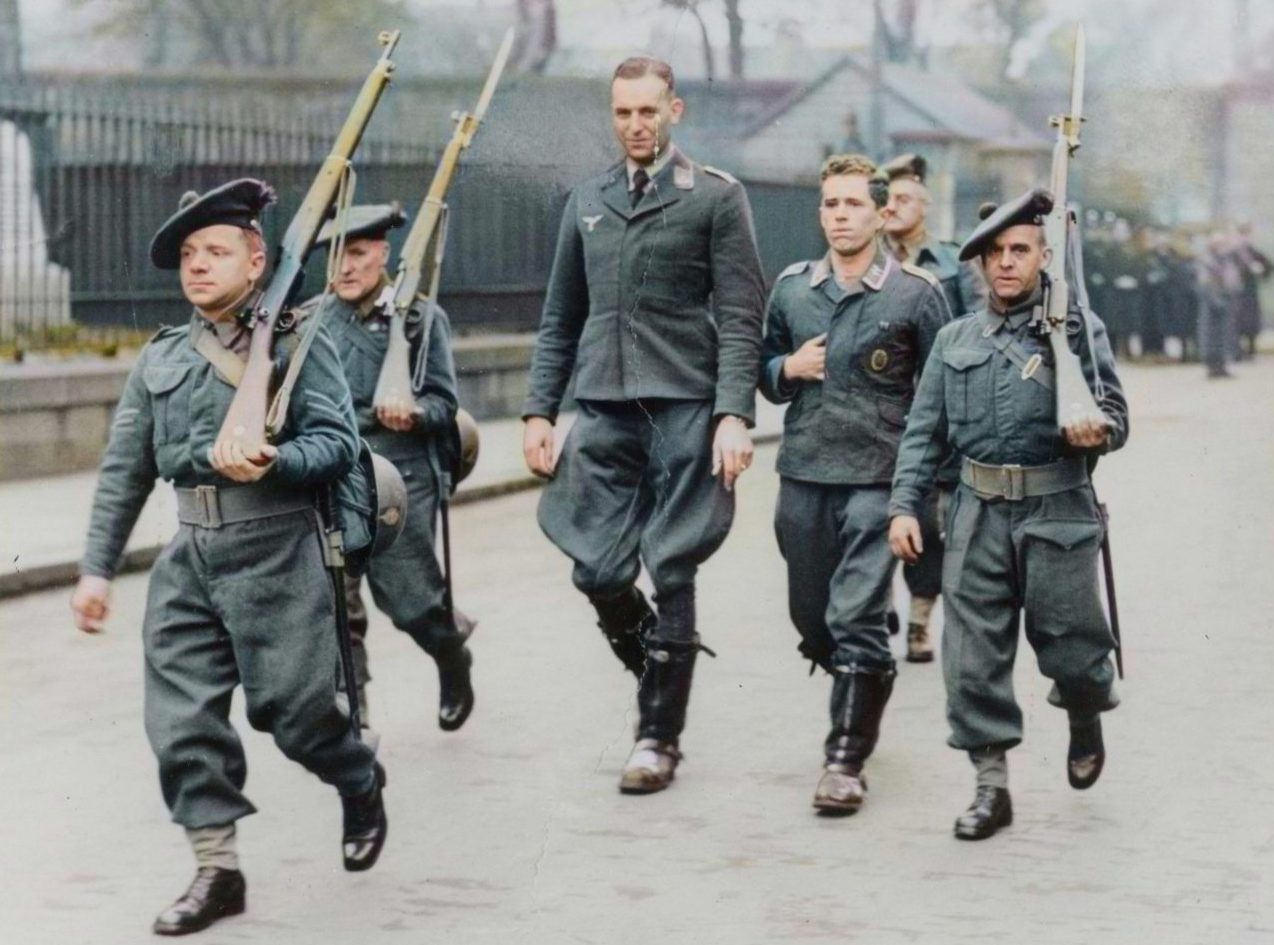
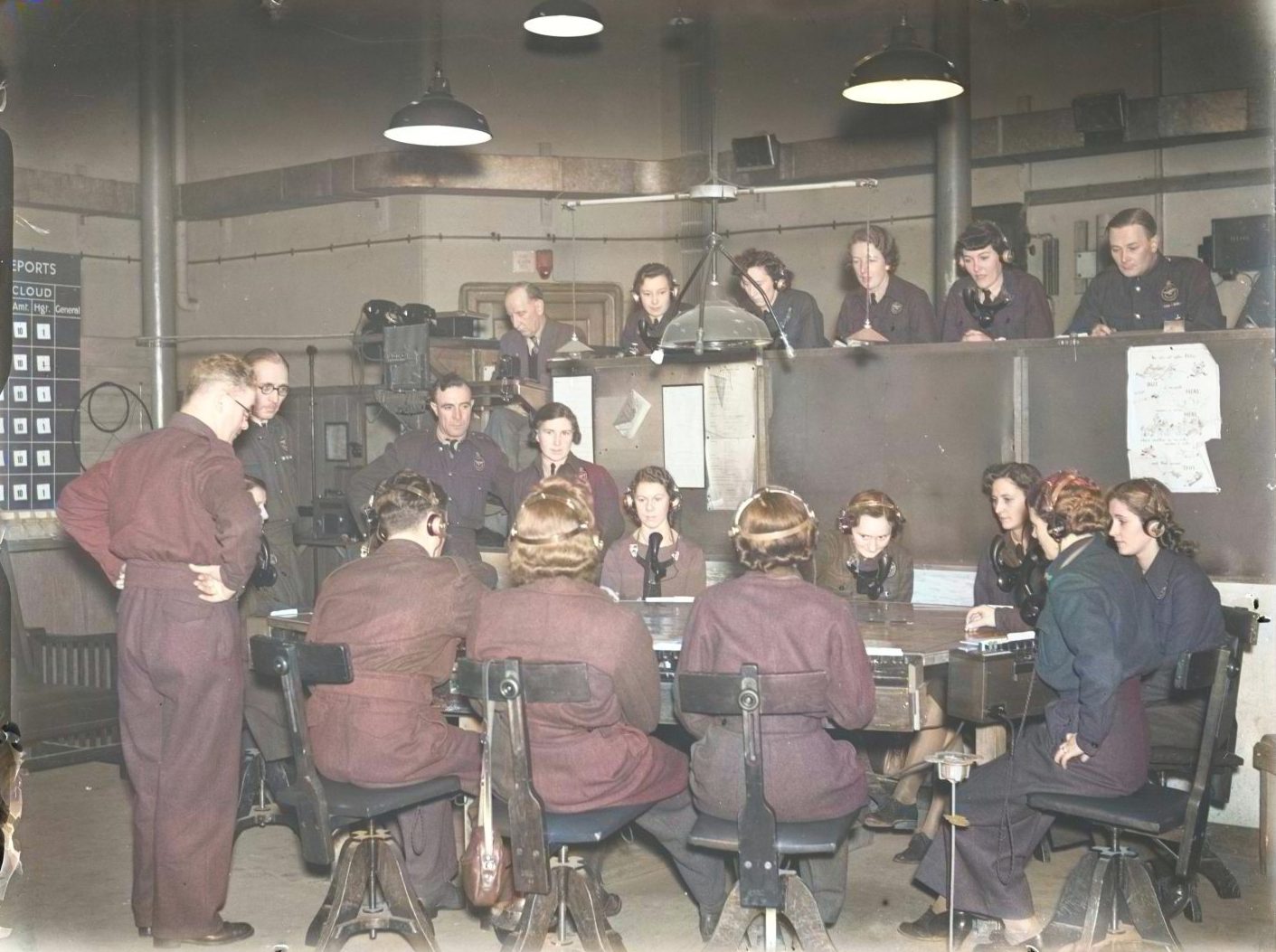
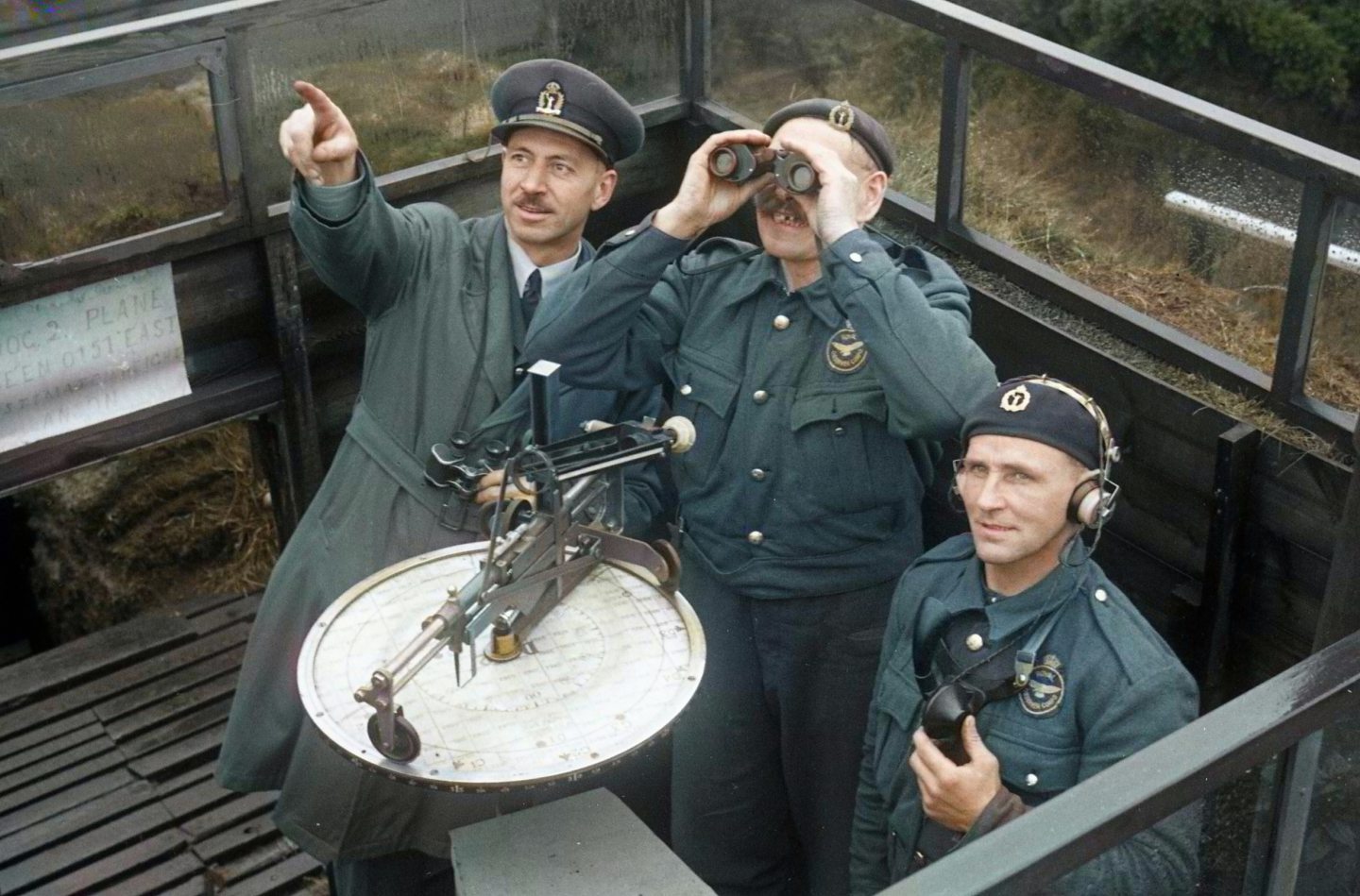
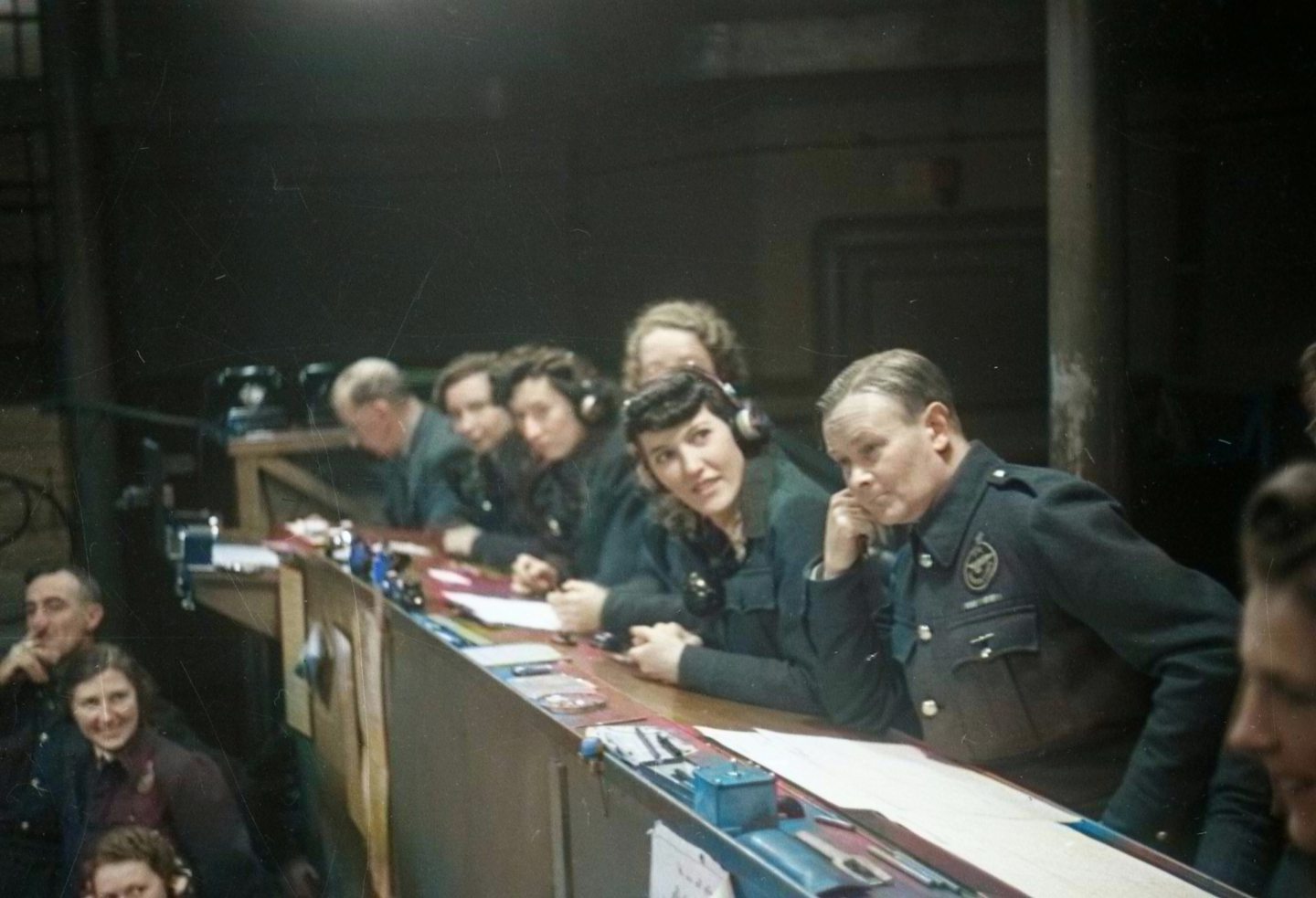
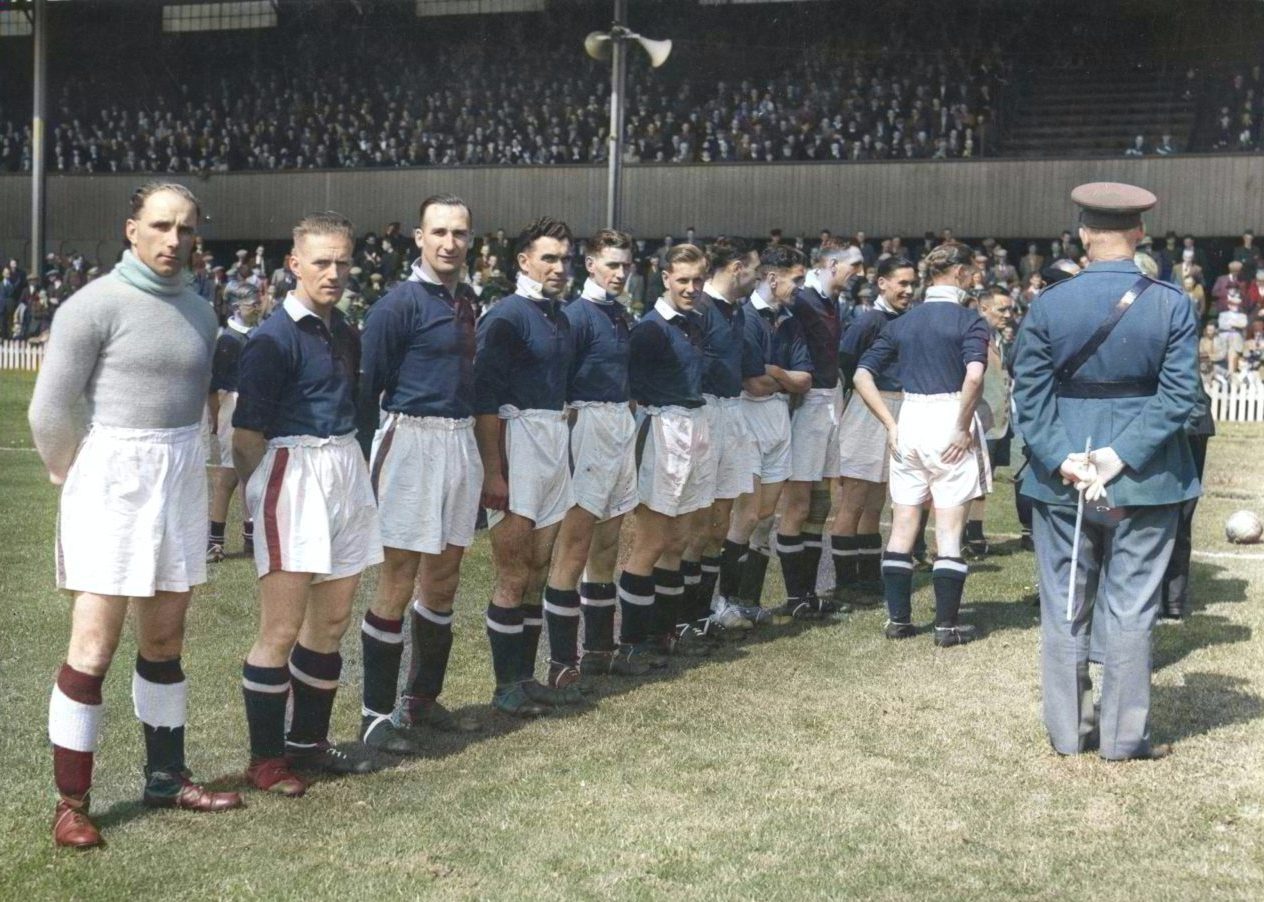
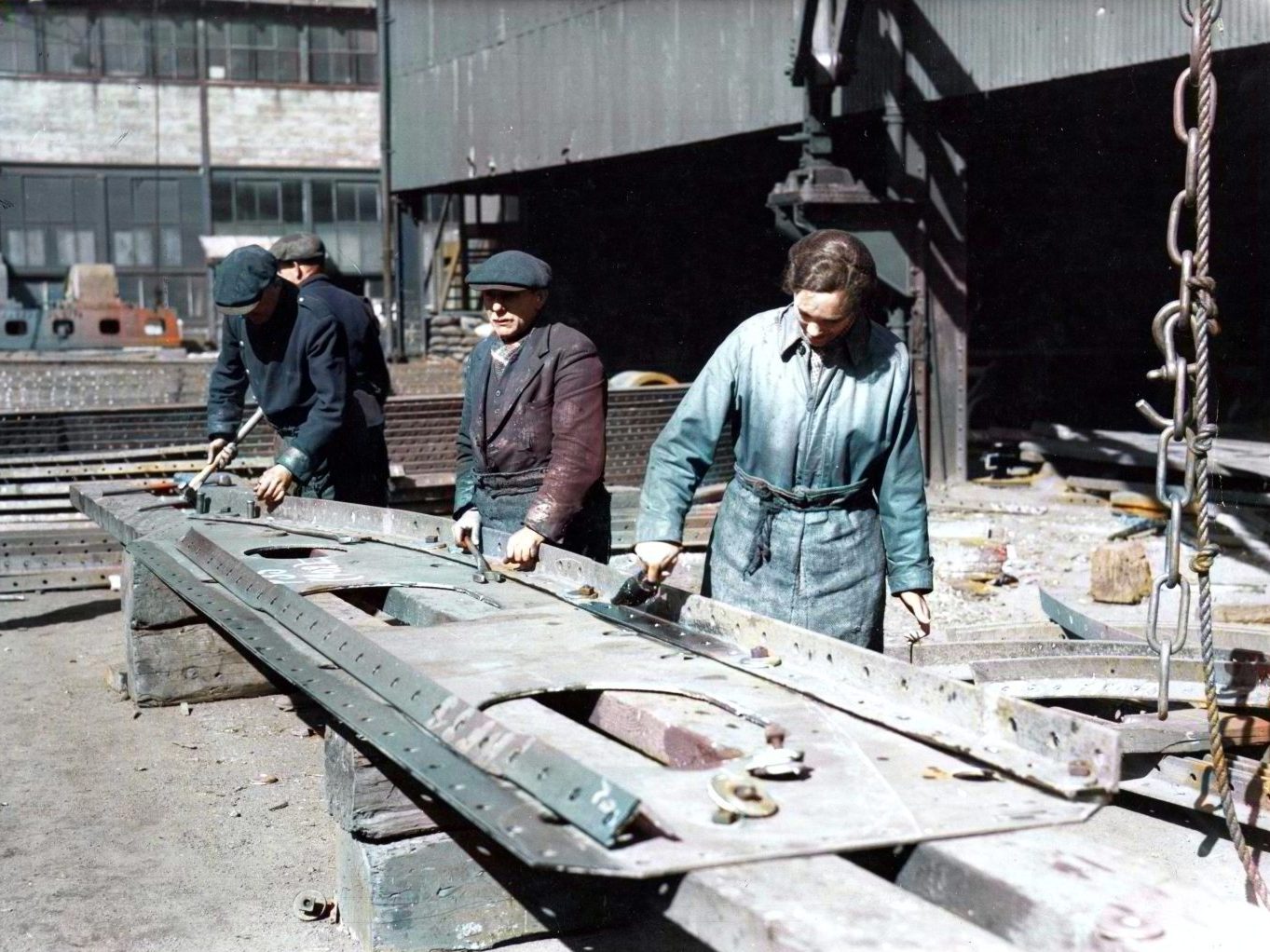
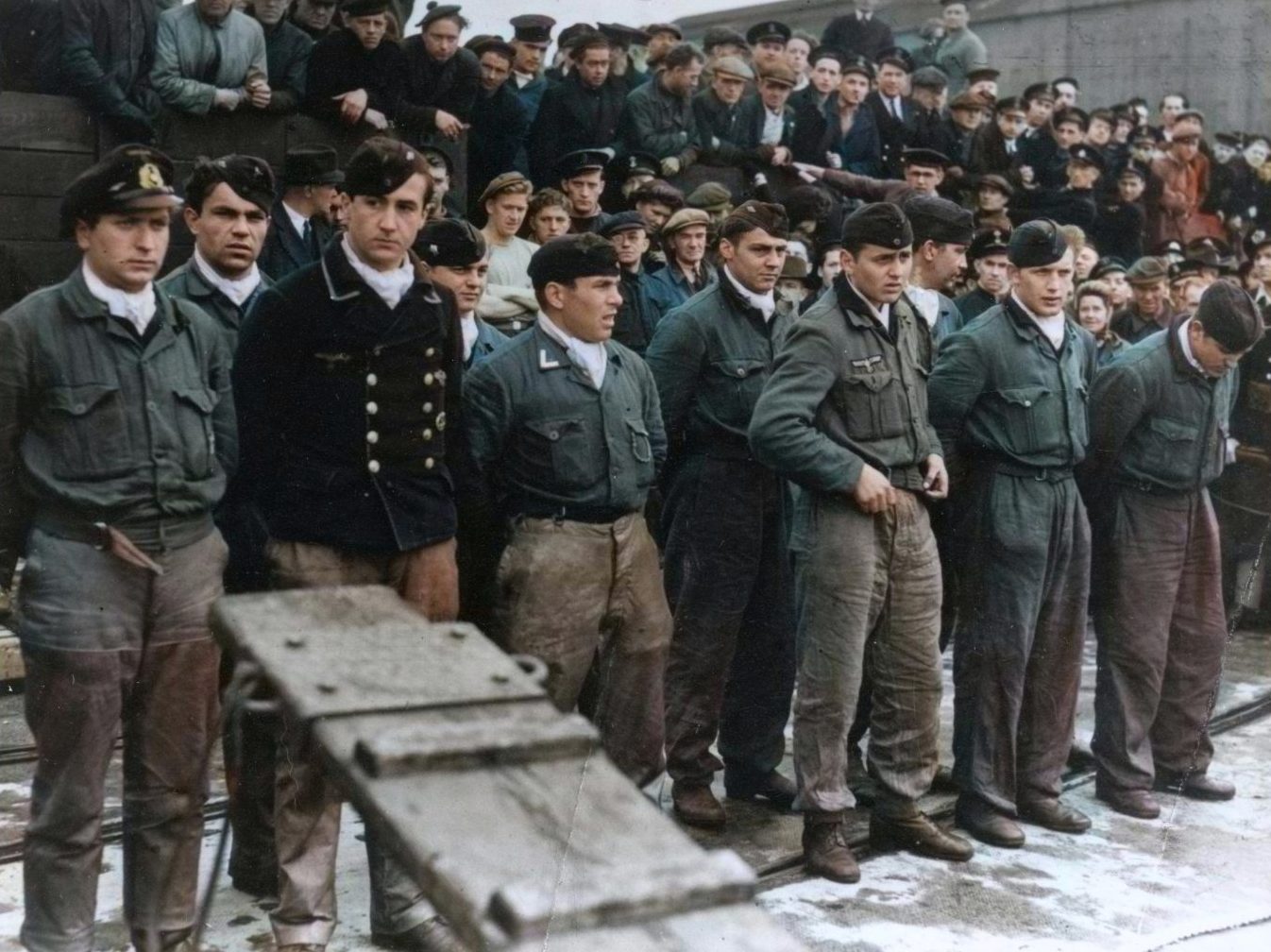
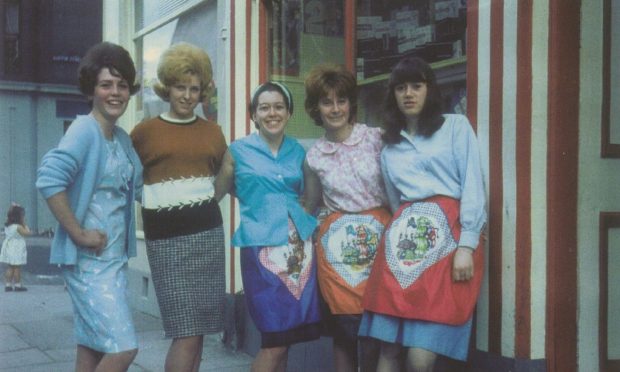
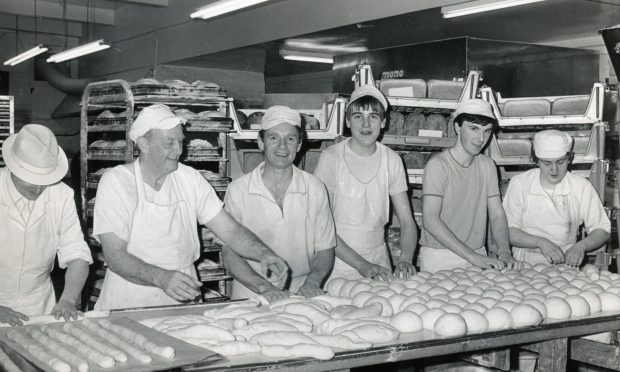
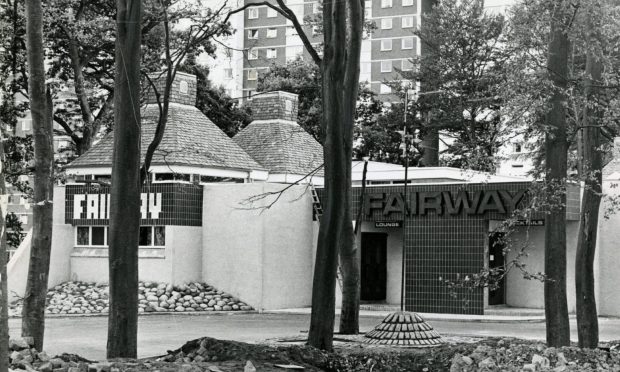
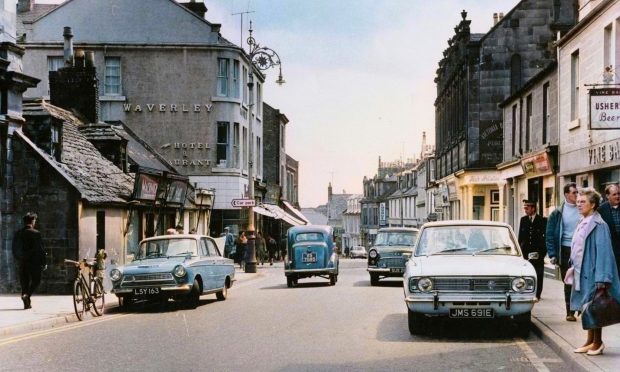
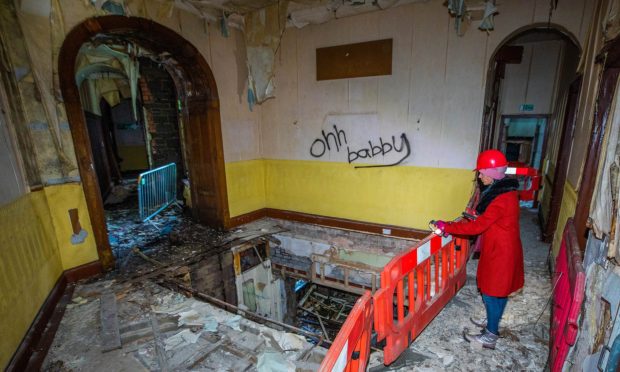
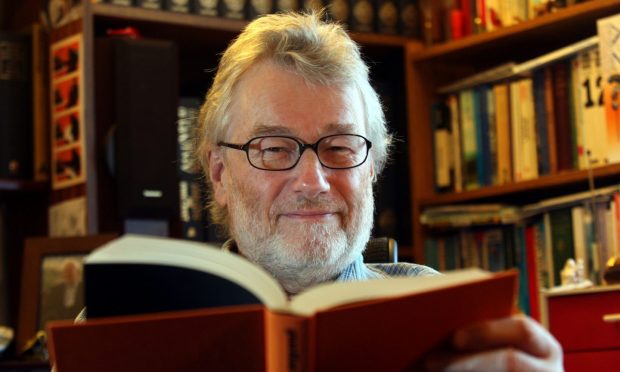
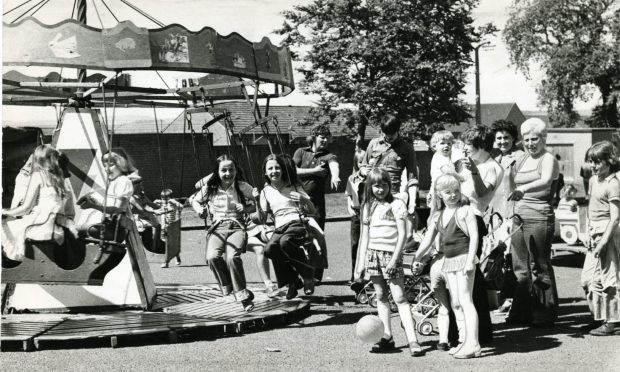
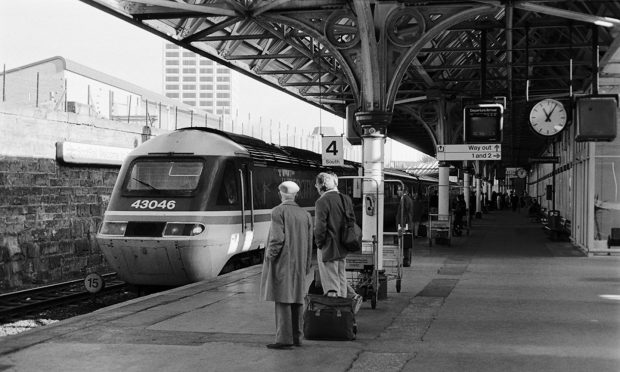
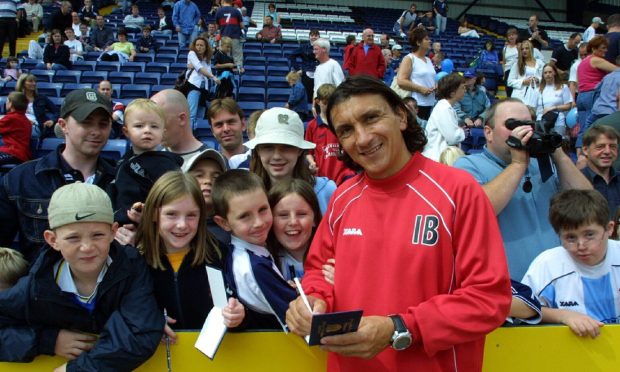
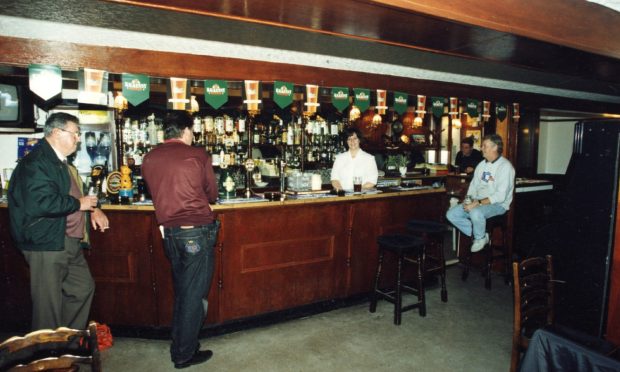
Conversation